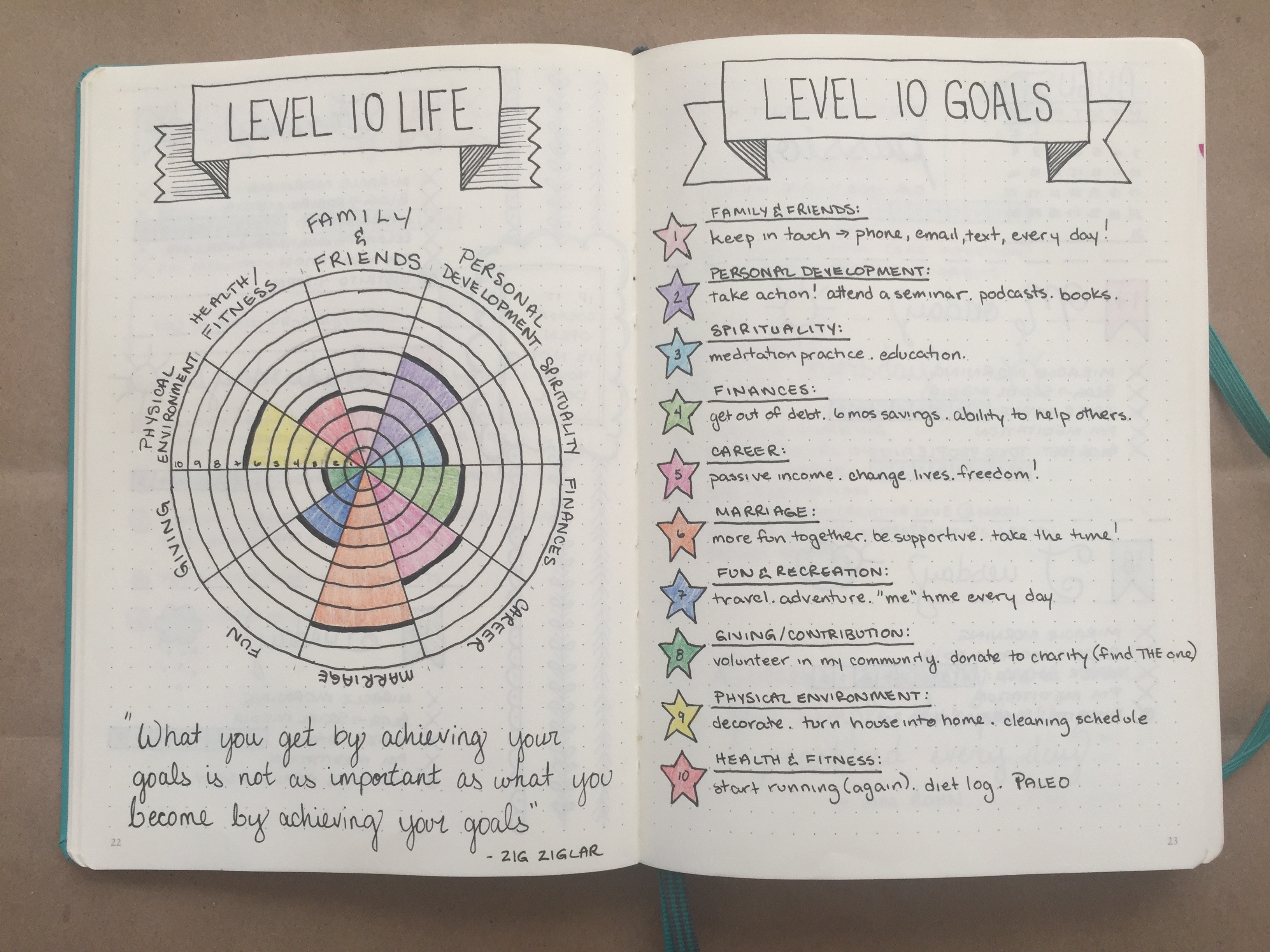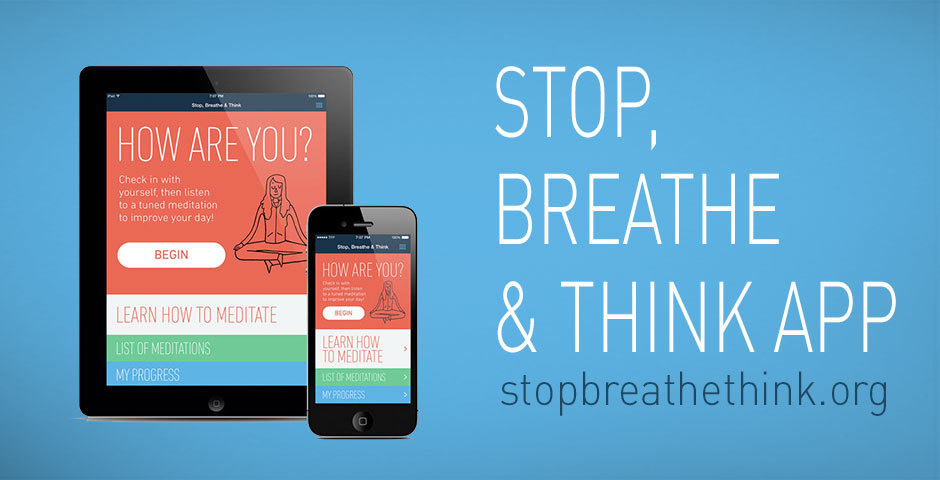10 Ways to Deal with Anxiety in School and What Teachers Need to Know

Anxiety is already difficult to live with. So, when you have to go to school and learn how to calm your nerves, it can feel like straight up hell having to juggle both. With exams, papers, and presentations one right after the other, the fast-paced school system makes it hard for you to slow down and take a breather. And yet, despite the linear path that we’ve been forced to adapt since a very young age, we encourage you to still put your health first and foremost. We also challenge school systems to facilitate and accommodate to your needs accordingly. Psych2Go shares with you 10 ways to deal with anxiety in school and what teachers need to know:

1. Wake up earlier than you normally do.
When you have anxiety, it’s easy to get stressed about what you need to do and where you need to be. To prevent those thoughts from flooding you first thing in the morning, set your alarm clock 30-60 minutes earlier than the time you usually get up. This can help you relax for a while before your day starts. You can use the time to listen to your favorite music, read, or simply lay in bed and do nothing. What is also beneficial to waking up earlier is that you have more time to get ready and eat a healthy breakfast, so you don’t have to rush last minute before you head out the door. Overall, this is a great habit to get into.

2. Visit your school during the summer before transitions.
If you’re making a transition or attending a new school, make a trip over the summer to visit it. Anxiety is associated with feelings of fear and uncertainty. Alleviate your thoughts of not knowing what to expect by familiarizing yourself with the environment. Drive around the parking lot, walk in the hallways, find out which rooms your classes will be in, as well as other important rooms, such as the guidance counselor’s office and nurse’s office, and nearby water fountains and restrooms.
Looking back, I wished I visited my middle school before my transition into sixth grade. I remember particularly starting the first day on the wrong foot. There was so much anxiety I had that year, and it only seemed to grow worse every day. Visiting the school prior to my sixth grade year wouldn’t have changed all the stressful life events that happened, but it might have changed the attitude I had about school before I decided I was going to dread that year.

3. Stay organized.
Create to-do lists and utilize a planner to stay on top of your daily responsibilities. Plan what you need to do ahead of time and go over your agenda before you leave for school. Anxiety is what you experience when you feel as if things are out of your control. When you have your list or planner with you, they remind you that you are in control, and that things are going to be okay.
Responsibilities might seem like a drag, which is why I try to make organization fun. I invested in a great bullet journal that I customized to be my own special planner. Each week, I go through what needs to be done so that I come across as little surprises as possible. Another way I stay on top of things is by utilizing the calendar in my phone to keep track of appointments, birthdays, and special events.

4. Get involved by joining clubs that match your interests and engage in your favorite hobbies.
It can help reduce your school stress when you get involved in extracurricular activities that help you look forward to something. Whether it’s playing an instrument, sports, or gaming that you are passionate about, when you engage in the activity, it can help build your confidence and allow you to make friends. When you feel like you belong somewhere, it’s easier for you to meet like-minded individuals who can relate to all the pressure that you’re experiencing. In other words, getting involved reminds you that you’re not alone.

5. Practice mindfulness during your lunch break or homeroom.
Studies have shown that mindfulness can strengthen the brain to combat anxiety. When you practice mindfulness, your brain alters for the better in two ways. For example, your connections are strengthened between the amygdala and the prefrontal cortex. The amygdala is the stress-responding region and the prefrontal cortex is the part of your brain that knows how to calm your emotions. Therefore, the stronger the connections are between these regions in your brain, the more effective it is at calming your anxiety.
Mindfulness also teaches your brain to stay in the present. Anxiety is fueled by what if’s when you ruminate over what went wrong in the past and what can potentially go wrong in the future. It’s loud and persuasive. But when you practice mindfulness, it helps you keep those negative thoughts and concerns in check. You learn to focus your attention on the here and now, leaving less room for your mind to wander.
Here are a few free awesome meditation apps to check out:
- Stop, Breathe, Think — This award-winning meditation app is my favorite! It’s designed to help you check in with your emotions and gives you suggested activities, such as yoga and mindful walks, and includes both meditation and breathing timers. What I especially like about it is being able to choose who can give me instructions to follow, because let’s face it. Some voices are less obnoxious and more soothing to listen than others. It makes mindfulness simple, easy, and fun!
- Smiling Mind — This meditation app was developed by psychologists and educators with the purpose of helping people maintain balance in their lives. It’s designed to assist you in dealing with pressure, stress, and daily challenges. What is great about this app is that it’s tailored for people of all ages and includes both mindfulness in the classroom and workplace.
- Insight Timer — This meditation app features many popular meditation teachers, such as Thich Nhat Hanh, Tara Brach, and Jack Kornfield. What’s interesting about this particular one is that it includes a feature that allows you to see a map of how many other people in the world are meditating with you. Not only do you get to regulate your stress and emotions, but you can do it while feeling connected!
These effective apps can easily be downloaded on your phone, which makes them convenient when you’re on the go. During your lunch break or homeroom, you can take a few minutes to meditate. It might seem like such a small amount of time, but a little always goes a long way. The more you incorporate mindfulness into your routine, the more you’ll notice an improvement in your mood before you head back to class.

6. Exercise or go for walks after school instead of immediately hitting the books.
Exercising and going for walks can help you de-stress and feel more in control. Going out for a breath of fresh air is sometimes all you need to let go of unwanted thoughts and fears. You can run or go for a hike and be with nature. According to a study published in the Journal of Environmental Psychology, spending just 20 minutes outside every day can boost your energy levels. Not only can it lower your anxiety levels, but it can also strengthen your immune system to fight off physical illnesses. I find going on walks especially therapeutic for me. It allows me to center myself and let go of all my worries and frustrations I’ve accumulated throughout the day.

7. Carry lavender with you.
Lavender has calming properties to it. Carry a small container of lavender oil in your purse, backpack, or pencil pouch. Before you take a test or when you’re feeling particularly anxious in general, you can place a few drops of lavender oil on your wrist. But if you don’t like it directly touching your skin, you can also place a few drops on some tissue paper that you can carry in your pocket.

8. Talk to your teachers and guidance counselor about your anxiety and how they can accommodate.
I know it might be scary to talk about your anxiety with others, but your teachers are there to help you succeed. Don’t let it slip under the radar, unnoticed. Chances are, they probably have no idea how much you’re going through if you don’t make it obvious. Talk to your teachers and guidance counselor about ways they can facilitate the challenges that you face within the classroom. The next two points are a couple of things you can specifically shed light on and discuss:

9. Let your teacher know that being called on without raising your hand triggers your anxiety.
Some teachers make it necessary for students to participate in class, and grade them based on their participation. This can be terribly uncomfortable when you have anxiety, because you don’t feel prepared ahead of time; therefore, your brain finds the situation threatening. Communicate about this challenge with them and let them know that you do want to participate —just not in this way. In order to accommodate, teachers can let you share your ideas and thoughts in small group discussions. That way, it’s a lot less pressure for you and you feel safer.

10. During group work activities, let your teacher know that you prefer to work with at least one person you are familiar with.
When you know you get along well with at least one person in your group, it makes interacting and working with your peers less intimidating. The familiarity is what helps aid predictability, which in turn, makes you feel more in control of the situation. As a result, your anxiety levels are reduced. Teachers should make learning a growing experience for you, not a painful process that you are afraid of.
How do you cope with with anxiety in school? Do you find these tips helpful? Do your teachers accommodate accordingly? Psych2Go would love to hear your thoughts! Please be sure to leave a comment down below!
References:
12 Ways to Help kids Cope with School Anxiety. (2017, August 10). USA Today. Retrieved November 8, 2017.
Bushak, L. (2013, October 26). Benefits Of Ecotherapy: Being In Nature Fights Depression, Improves Mental Health And Well-Being. Medical Daily. Retrieved November 8, 2017.
Young, K. (2017). Anxiety at School – What Kids and Teens With Anxiety Need Teachers to Know . Hey Sigmund. Retrieved November 8, 2017.
Young, K. (2017). Anxiety in Teens – How to Help a Teenager Deal With Anxiety. Hey Sigmund. Retrieved November 8, 2017.
Young, K. (2017). How to Empower Your Child to Deal With School Anxiety. Hey Sigmund. Retrieved November 8, 2017.



Hi! This is a great resource and I wish that it had been around when I was still in school. All the points are developed well, particularly number five. I do have a couple of suggestions for developing some of the points more:
Point six is great, but I think it’s useful to add that if you know that you will not have time (due to deadlines or tight schedules) to exercise at the end of the day, it is good to try and squeeze in some exercise at the beginning of the day as the serotonin release will help combat the stress of a busy schedule.
For point seven, another tip is to place some drops of lavender oil on your pillow before you go to bed, which helps to calm you during sleep. A good night of sleep helps you face whatever challenges there are in the morning. Because not everyone may like the smell of lavender, an anti-stress tactic that I learned in a workshop is to experiment with some essential oils and figure out which scents you find the most calming for you individually. You can combine multiple essential oils to create a unique scent that calms you and it can be carried around (like you said) on a tissue or a cotton pad.
This isn’t a suggestion, just me being a nitpicky grammar nazi. In number three, it should be ‘it will remind you that you are in control’, rather than ‘they’. ‘They’ would be correct if it were ‘list and planner’ instead of ‘list or planner’. I’m sorry, the nitpickiness is over now.
Anyway, these were just my opinions on the article. But I still think it’s a great resource and touches upon the important issue of making teachers aware of anxiety.
[…] 10 Ways to Deal with Anxiety in School and What Teachers Need to Know […]